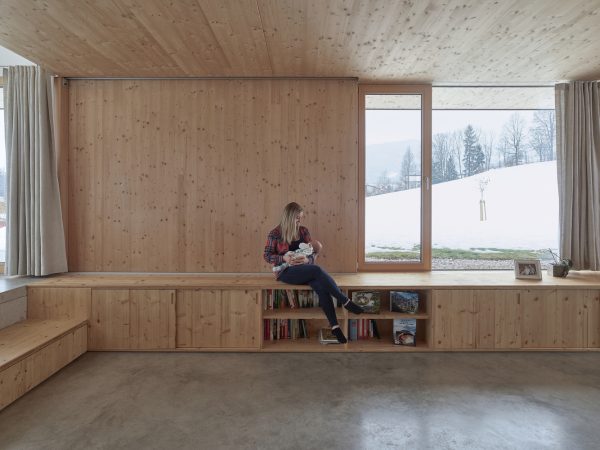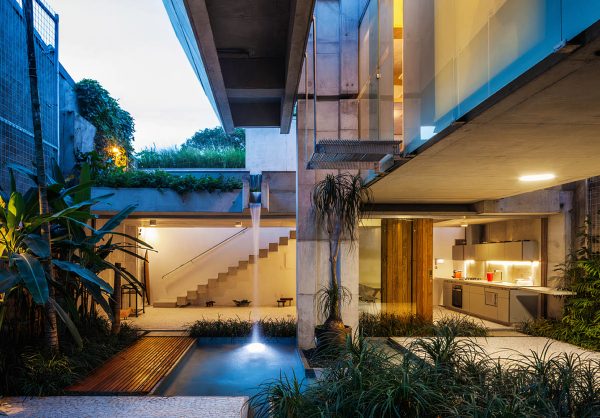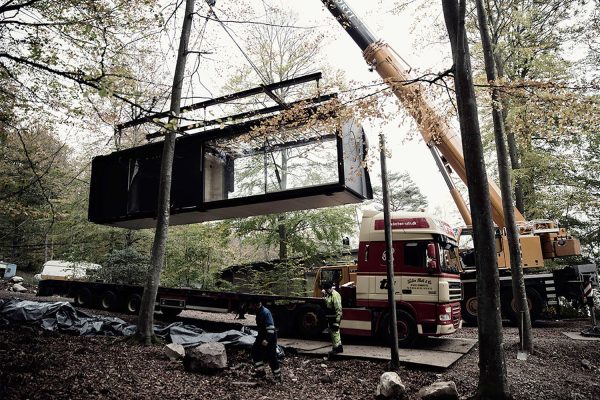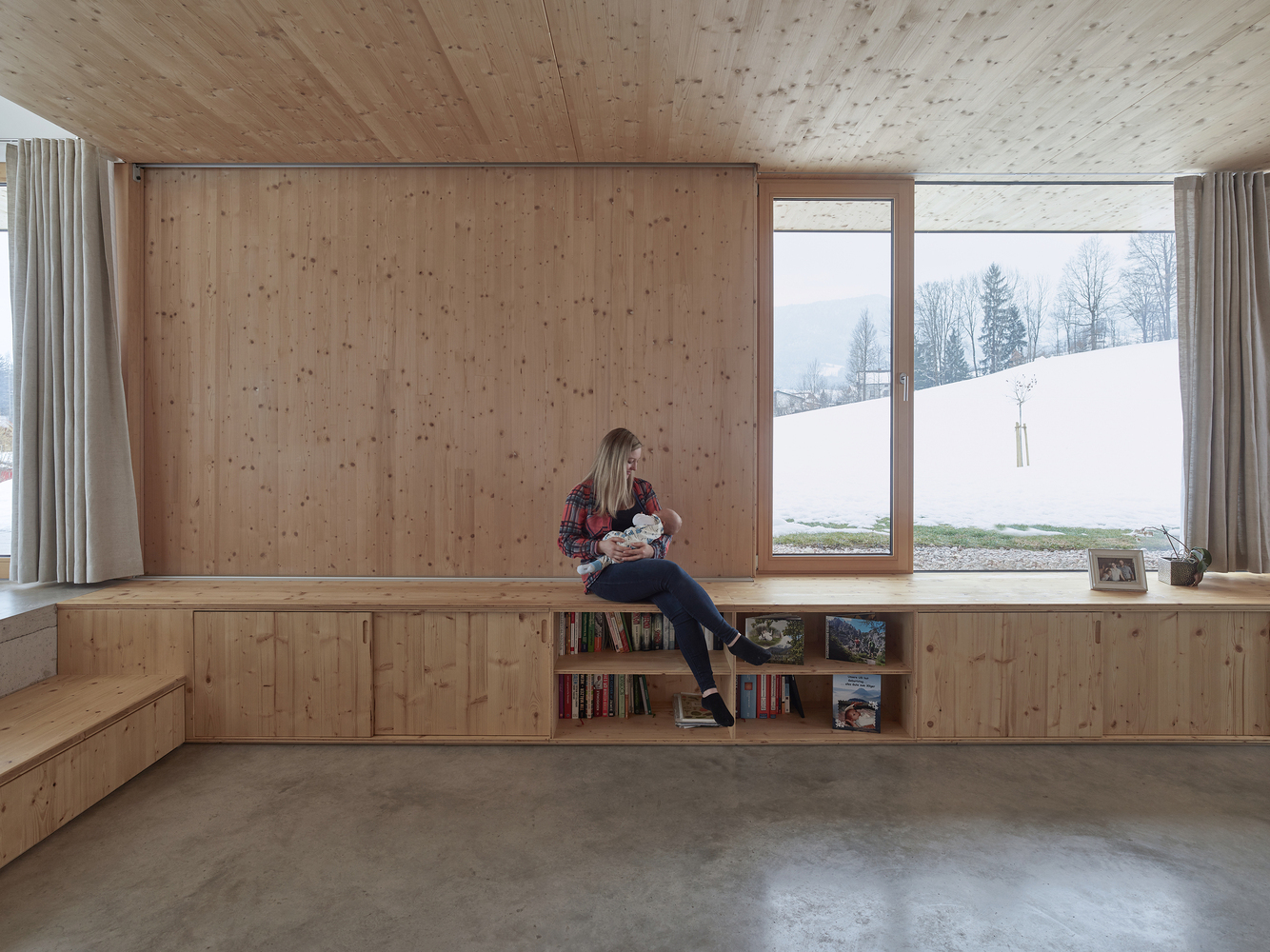
When discussing energy efficiency in buildings, thermal insulation is an essential topic. Though rarely visible in a finished building and represented only as a thin hatch in technical drawings, it plays a crucial role. Acting as a barrier to heat flow, insulation reduces the amount of heat that escapes during winter and prevents excessive thermal energy from entering in the summer. Buildings with effective thermal insulation require less heating and cooling to maintain a comfortable temperature, thereby lowering their carbon footprint. Many countries now mandate minimum levels of thermal insulation for buildings, with increasingly stringent standards. However, with the looming climate crisis, how should we address this issue moving forward?
According to the U.S. Environmental Protection Agency (EPA), rising global average temperatures are linked to widespread changes in weather patterns. Scientific research suggests that human-induced climate change is likely to increase the frequency and intensity of extreme weather events, such as heat waves and major storms. This is highly relevant to architecture because the construction industry is responsible for 38% of global CO2 emissions, with 75% of this stemming from building operations, which also account for 36% of the world’s energy consumption, according to the 2020 Global Status Report for Buildings and Construction. This underscores the importance of thermal insulation, as reported by Dorr.

Heat losses or gains in buildings are inevitable, occurring through convection, conduction, and radiation. However, it is the responsibility of the designer to regulate the rate at which heat is lost or gained. This can be achieved by employing suitable building materials and techniques to create and uphold an airtight building envelope with high levels of insulation. Typically, around 40% of heat transfer in a building occurs through the roof, up to 25% through the walls, and up to 15% through the floor, as highlighted by Dorr.
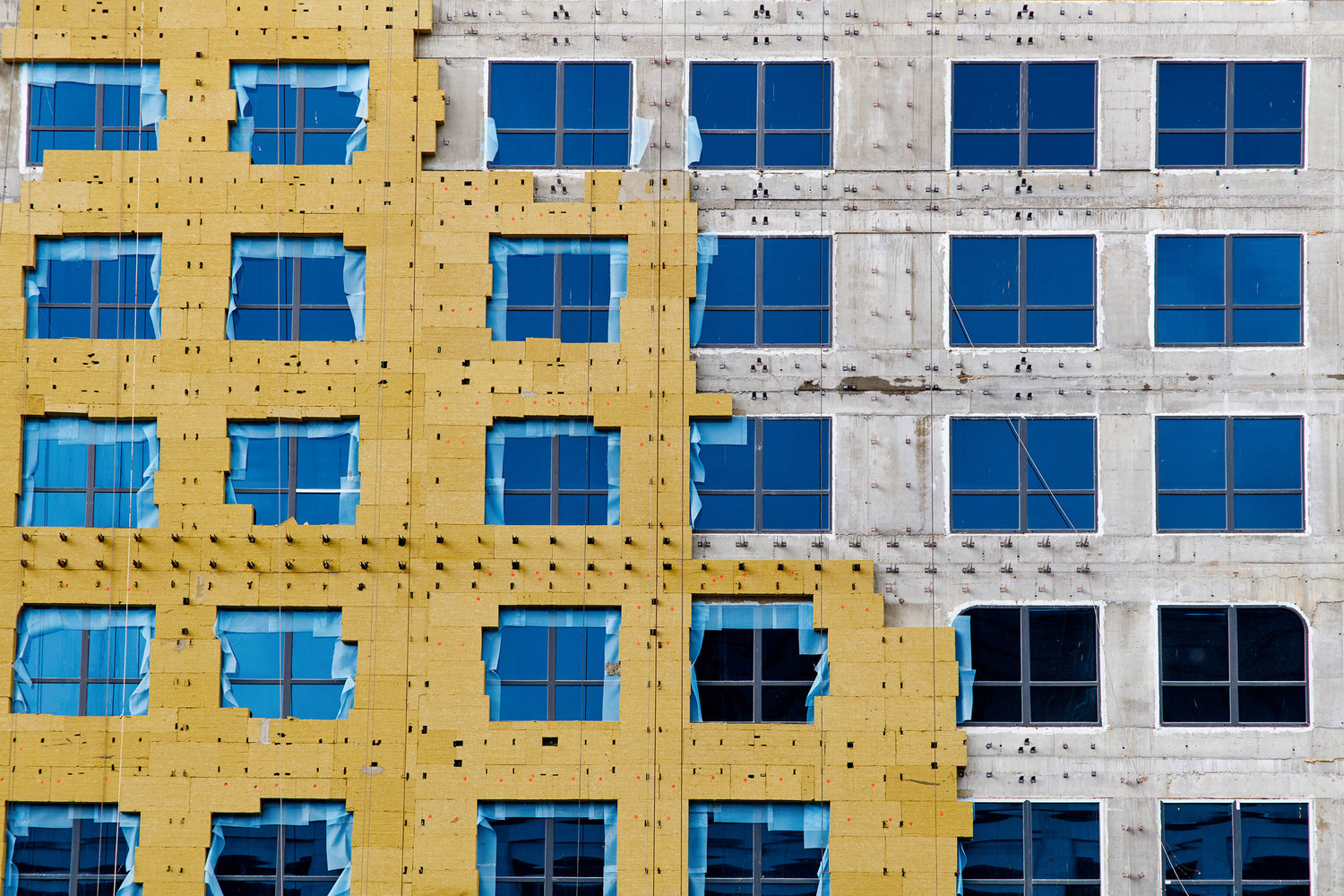
Emphasizing passive strategies for comfort as much as possible, depending on the project’s location, will always serve as the optimal starting point for creating environmentally friendly buildings. In warmer climates, buildings often prioritize natural ventilation and utilize materials with high thermal inertia, like bricks or stones, which retain external heat longer, thus keeping interiors cool. Conversely, in colder climates, materials with lower thermal inertia, such as wood, ensure spaces heat up more swiftly when needed. In both scenarios, insulation plays a critical role in managing heat flow and shielding occupants from external weather conditions, be it hot or cold.
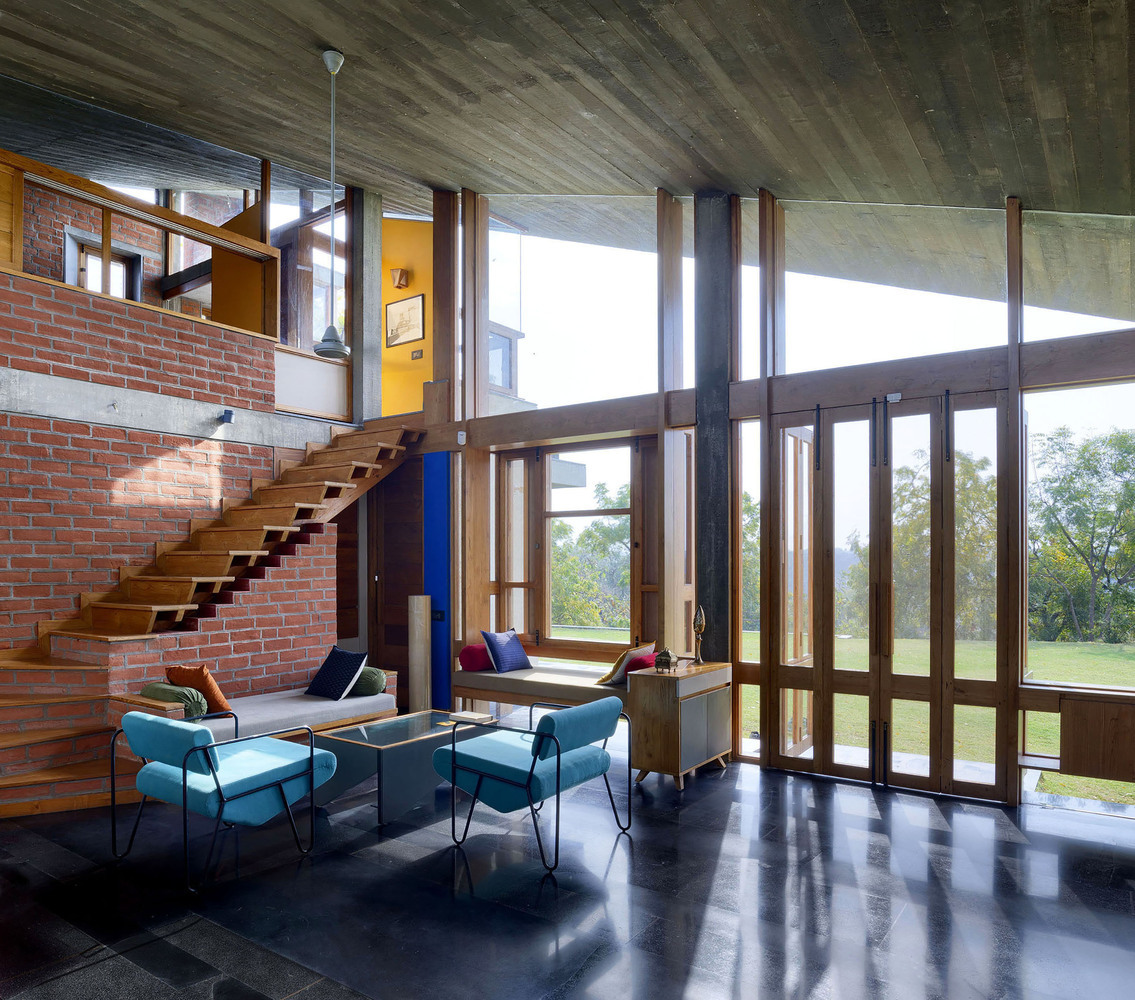
Emphasizing passive strategies for comfort as much as possible, depending on the project’s location, will always serve as the optimal starting point for creating environmentally friendly buildings. In warmer climates, buildings often prioritize natural ventilation and utilize materials with high thermal inertia, like bricks or stones, which retain external heat longer, thus keeping interiors cool. Conversely, in colder climates, materials with lower thermal inertia, such as wood, ensure spaces heat up more swiftly when needed. In both scenarios, insulation plays a critical role in managing heat flow and shielding occupants from external weather conditions, be it hot or cold.
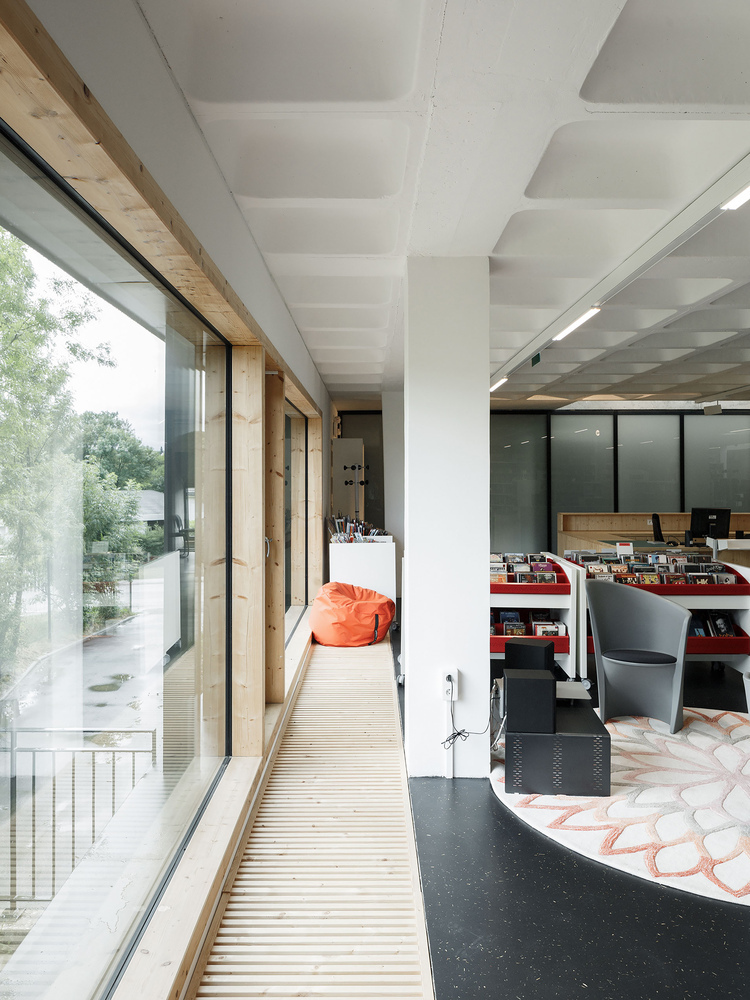
It’s estimated that effective thermal insulation can slash heating and cooling expenses by up to 30%. The investment in insulating materials pays off within approximately five years, thanks to reduced bills and even decreased reliance on heating and cooling systems. When we consider both existing buildings and new constructions, the potential energy savings for a country or the world become substantial. For instance, a report from EURIMA revealed that implementing cutting-edge thermal insulation measures in Europe could prevent 310 million tonnes of heating-related emissions annually—equivalent to about 50% of total heating emissions and well over 10% of overall CO2 emissions. The environmental impact of insulation’s energy savings is crucial in addressing global climate change, as lower energy consumption translates directly to reduced greenhouse gas emissions.
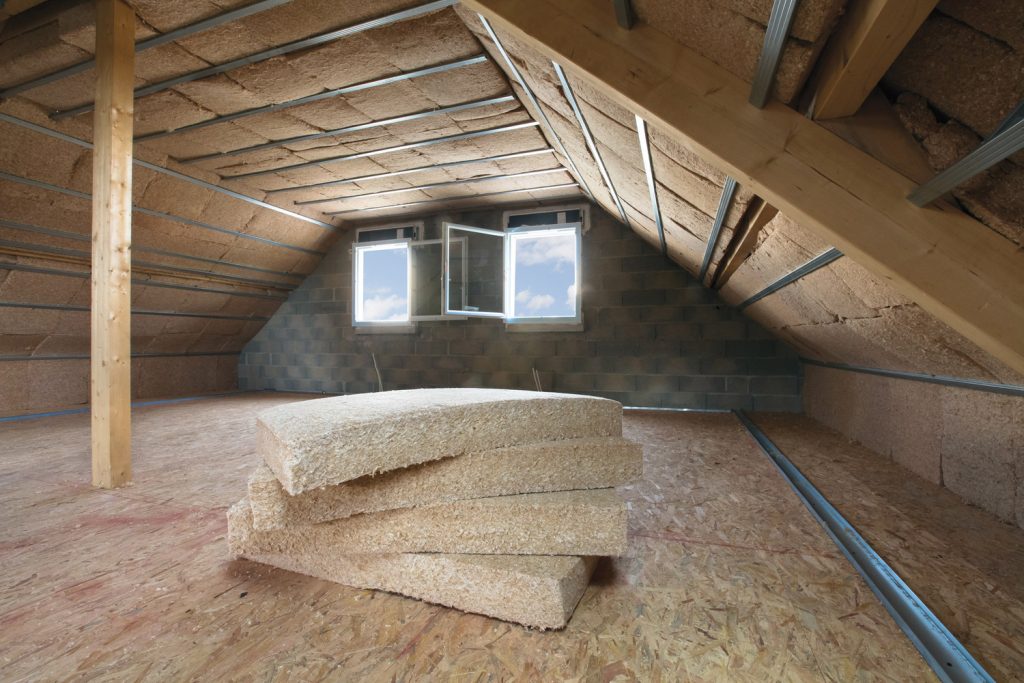
Indeed, climate change is increasingly shaping the design of our built environments. It begs the question: should we already be contemplating shelters for an irreversible post-climate change scenario? Another significant factor to consider is that addressing cooling needs is inherently more challenging than addressing heating. While any energy form can naturally generate heat, and our bodies and machines do so without active heating systems, the generation of cooling does not occur as readily. This makes implementing cooling systems more costly and complex. With global warming exacerbating these challenges, the demand for artificial cooling systems is skyrocketing at an accelerating pace.
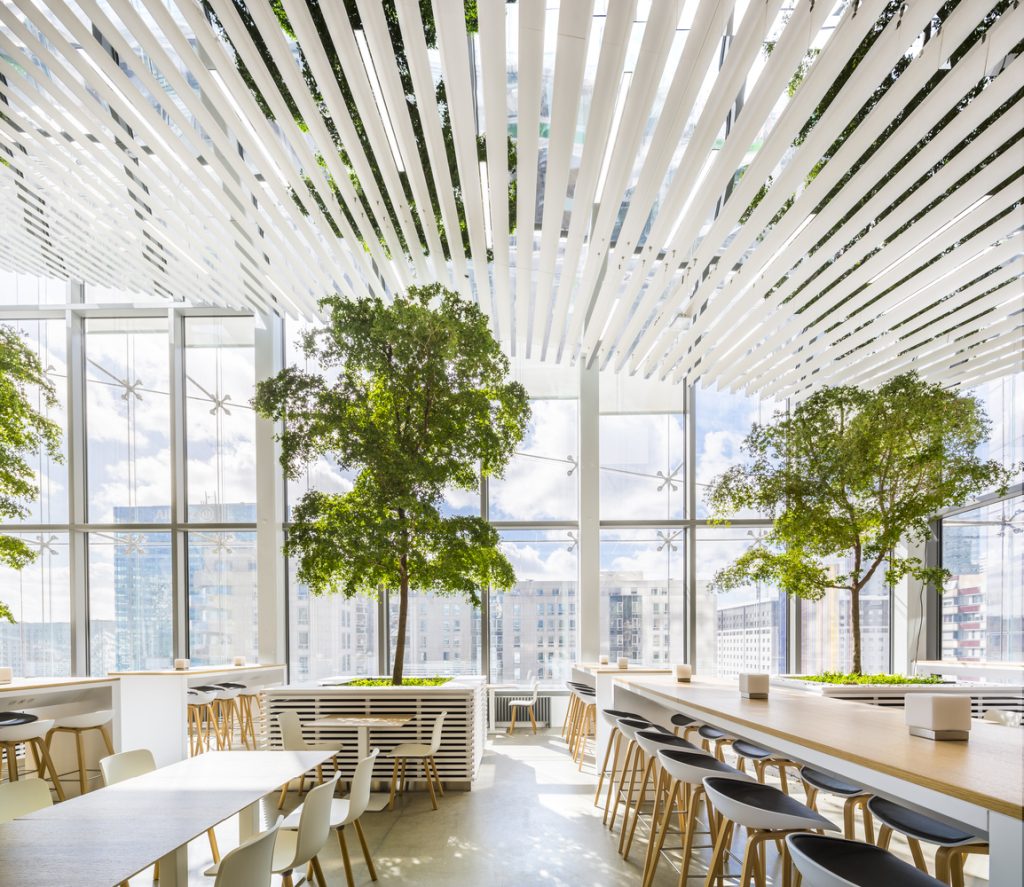
Is cooling indoor spaces the paramount challenge in a future where humanity persists in its consumption patterns and insatiable demand for non-renewable resources? Will we need to construct increasingly thicker building envelopes to combat the Earth’s warming? And what will be the limits of such an approach? Saint-Gobain’s book «Indoor Environment and Well-Being» encapsulates this scenario aptly: “Both climate change and shifting energy consumption paradigms will necessitate buildings capable of adaptation over time. Escalating energy costs and concerns about affordability for the majority of the global population will become increasingly urgent issues. Another critical aspect of this evolution will be a deeper examination of what levels of thermal comfort will be deemed acceptable—should we simply layer up with clothing instead of cranking up the heating system? The incorporation of such considerations into building design, known as ‘future-proofing,’ will emerge as a central theme in discussions surrounding building design.”
